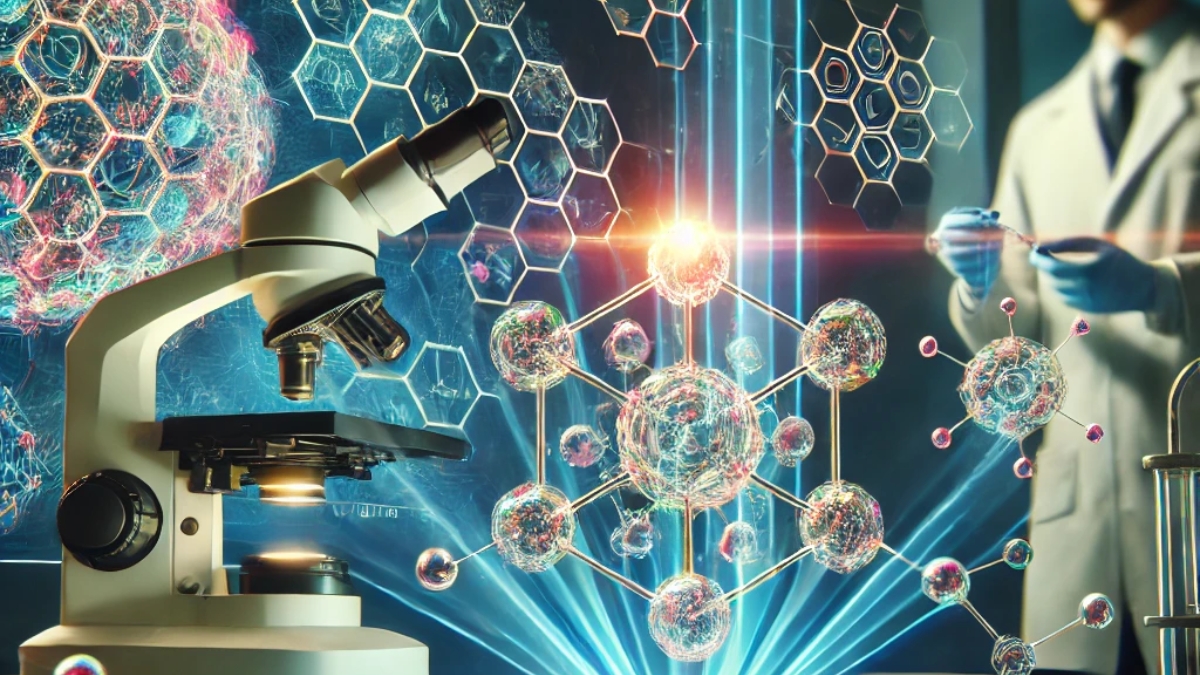Breaking the Rules of Chemistry Could Lead to Smart Nanotech

Researchers at the University of Bologna, led by Prof. Alberto Credi, have developed a groundbreaking way to manipulate how molecules assemble using light, SpaceDaily reports. This method goes against what scientists once thought was impossible – creating a molecular arrangement that doesn’t follow the usual rules of thermodynamics.
In simple terms, they can prevent molecules from naturally settling into the most stable state, which is what normally happens in nature.
Credi explains, ‘By shining light on an aqueous solution, we can stop a molecular self-assembly process from reaching its lowest energy state. This results in a product distribution that’s different from what you’d expect at equilibrium.’
This process, which is central to many functions in living organisms, has been difficult to explore in artificial systems. But with their simple and efficient approach, Credi and his team believe this could lead to innovations in technology and medicine, especially since sunlight provides the clean and sustainable energy to power it.
The study focuses on cyclodextrins and azobenzene derivatives. Cyclodextrins are cone-shaped molecules that dissolve in water, and azobenzene is a molecule that changes shape when exposed to light.
In their experiments, these molecules naturally form complexes in water. Under normal conditions, one complex (Complex A) is more stable and dominates. However, when light shines on the solution, the azobenzene molecule changes shape, which temporarily prevents the system from settling into the usual stable complex.
When the light is on, the system favors a less stable complex (Complex B). Once the light is turned off, the system slowly goes back to its equilibrium state, where the stable Complex A takes over again.
This ability to guide molecular assembly with light energy opens up possibilities for creating dynamic materials that behave more like biological systems. Such advancements could lead to new technologies, like nanomotors, and even drugs that respond to their environment.
Have something to add? Let us know in the comments below!
